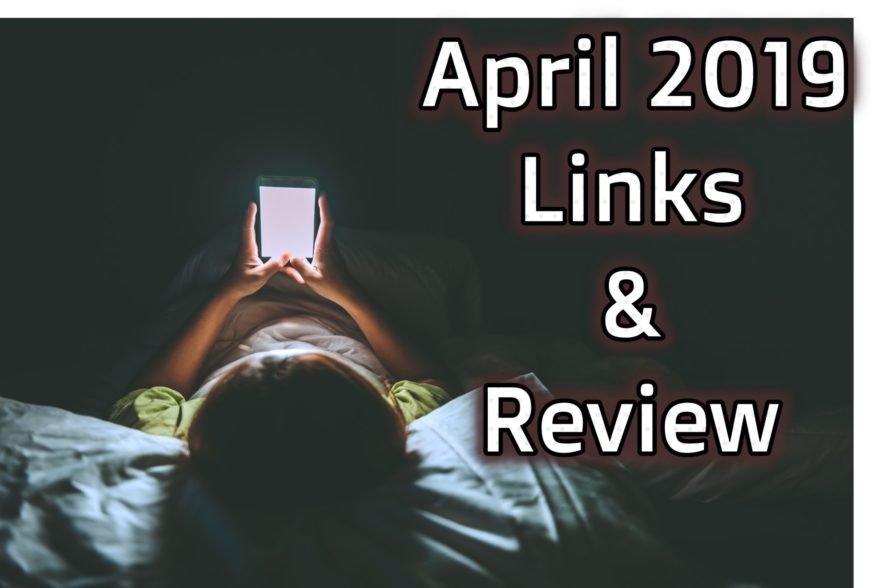Tag: lorimer moseley
Course Notes: Therapeutic Neuroscience Education
How’s Your Pain How’s Your Pain How’s Your Pain How’s Your Pain? To purge onward with developing some semblance of…
Course Notes: Explain Pain
A Whirlwind I finally had the opportunity to meet my personal Jesus, David Butler, and learn the way that he…
The Year of the Nervous System: 2014 Preview
It’s All Part of the Plan And if you see my course schedule this year, the plan is indeed horrifying.…
The Post Wonderful Time of the Year: Top Posts of 2013
The Best…Around Time is fun when you are having flies. It seems like just yesterday that I started up this…
Treatment of Shredded Cheese of the Hip: A Case Report and Rant
A Long Day I officially eclipsed my longest work day ever. Started seeing patients at 7:30 am and finished training…
Explain Pain Section 5: Modern Management Models
This is a summary of section 5 of “Explain Pain” by David Butler and Lorimer Moseley. So Many Clinicians There…
Explain Pain Section 3: The Damaged and Deconditioned Body
This is a summary of section 2 of “Explain Pain” by David Butler and Lorimer Moseley. Tissue Injury 101 When a body…
Explain Pain Section 1: Intro to Pain
This is a summary of the first section of the book “Explain Pain” by David Butler and Lorimer Moseley. Intro…

